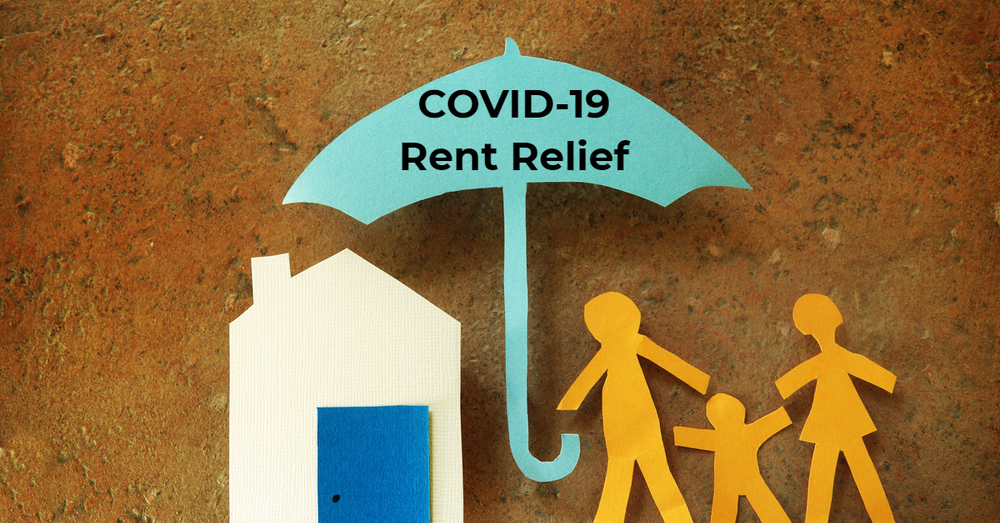Many of you may have heard of the federal, state and local rent relief programs available to tenants and landlords. The funding for this program comes from the Federal Consolidated Appropriations Act of 2021, which was passed on December 27, 2020. This act established the Emergency Rental Assistance Program with $25 Billion in rental assistance available nationwide through state and county programs. Rental assistance is available for any payments missed after April 1, 2020 through the present.
Many landlords and tenants I have spoken to are hesitant to apply, believing they are going to get stuck in a government bureaucracy maze. However, I have submitted applications on behalf of a handful of landlord clients and have been pleasantly surprised at the relatively pain-free process and the ease of communicating with program administrators should any issues arise. So far, the most common issue I have found is that the landlord and tenant applications for corresponding cases don’t get matched up. This is easily resolved with a phone call to the support number listed on the web site.
For both landlords and tenants, the application process starts at https://housing.ca.gov/. Tenants and landlords alike are able to apply. While there is some paperwork requested from both landlords and tenants, the program administrators will work with you if you are missing some paperwork.
Once the landlord applies, the tenant receives an email with instructions on how to apply, or vice versa if the tenant applies first. Most tenants have been receptive to the process and have cooperated. Landlords cannot force tenants to cooperate in applying for rent relief money.
If you have tenants who are reluctant to apply for privacy or immigration status reasons, you can reassure them that:
- Income-eligible applicants may qualify regardless of immigration status and will not be required to show proof of citizenship.
- Assistance from the CA COVID-19 Rent Relief program does NOT count as earned income (for renters) and will NOT affect eligibility for any other state benefit assistance programs, such as CalFresh or CalWORKS.
- All applicant information is kept private and will not be shared.
Lingsch Realty only had a handful of tenants claiming COVID-related hardships. I submitted applications on behalf of all my landlord clients who have any tenants who owe back rent for the eligible rental period because the process is easy and I don’t want to leave any money on the table. In my opinion, if the tenant isn’t going to apply on their own, I am not going to risk my client missing out on money from the government, or having to unnecessarily take steps to collect missed rent in court. In addition, if a tenant fails to cooperate, a landlord can serve a three-day notice once the eviction moratorium is over (currently slated for September 30, 2021). Failing to cooperate opens a tenant up to a lawsuit for a money judgement for the full rent (by making it easy for a landlord to prove they exhausted their effort to get rent relief, which is a pre-condition for recovering COVID-era rent). The law firm I work with, is currently taking the stance that they are suing tenants who have not cooperated for rent, not eviction, which is legal at this time.
So far, I have submitted six applications and have received one pay out and approval for one more. The remaining four applications are in various stages of the process awaiting more information from tenants.
As I said, the process is easy and while you will need a tenant’s cooperation, starting the process gives you a case to pursue a money judgement from a tenant in the future. Hopefully, your tenants cooperate and you receive your funds quickly, but even if you don’t, applying is your best bet for setting course to collect back rent from your tenants in the future.

